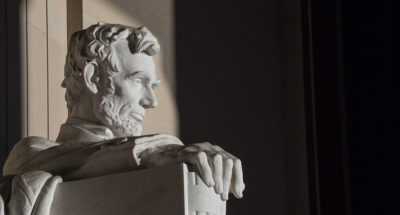
People Who Made a Difference
Students research, present to the class, and express gratitude to an historical figure whose actions have benefited society.

Students research, present to the class, and express gratitude to an historical figure whose actions have benefited society.
Students will:
“Nurturing Gratitude From the Inside Out: 30 Activities for Grades K–8” was originally developed by The Inner Resilience Program, in partnership with the Greater Good Science Center and the John Templeton Foundation.
For the entire curriculum, click here.
Are students noticing how historical or current persons are contributing to society after doing this practice? Do they talk more often about how a person could make a difference in the world?
A study of mainly affluent white students who were taught “benefit appraisal”—or a thinking process that helps them consider why a person did a kind act for them, what the cost to the person was, and what benefits the students received from it—found that students experienced more positive emotions and showed more grateful attitudes and behaviors than other students, both immediately and months later.
Learning about historical persons who have contributed to society is a ubiquitous school experience; however taking the time to think deeply about these persons’ motivations and sacrifices is a unique way to deepen students’ understanding and appreciation for the difference these people made. Indeed, students themselves may be inspired by the process to use their own strengths—and ultimately their lives—to make the world a better place.

Do you want to dive deeper into the science behind our GGIE practices? Enroll in one of our online courses for educators!
Comments